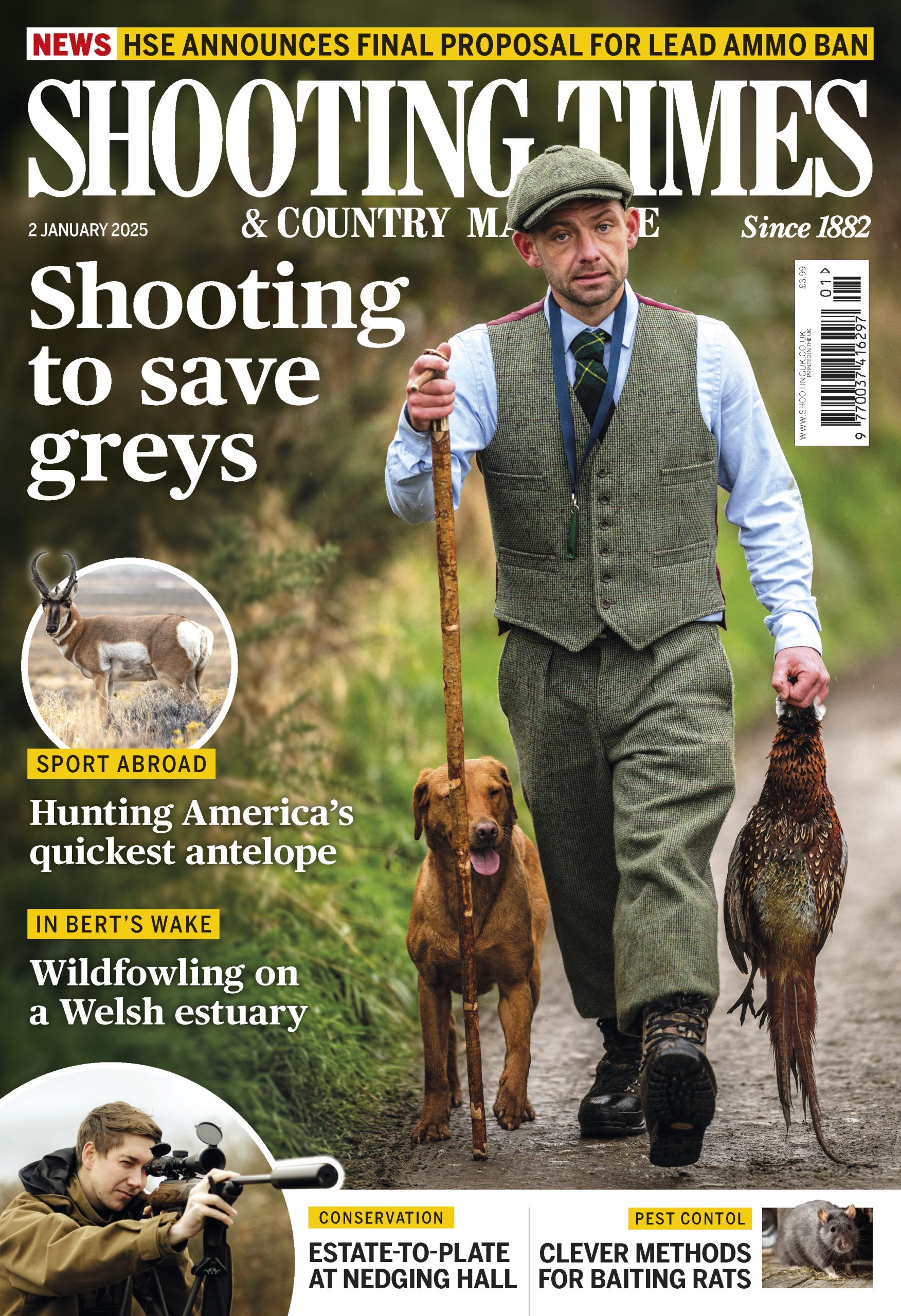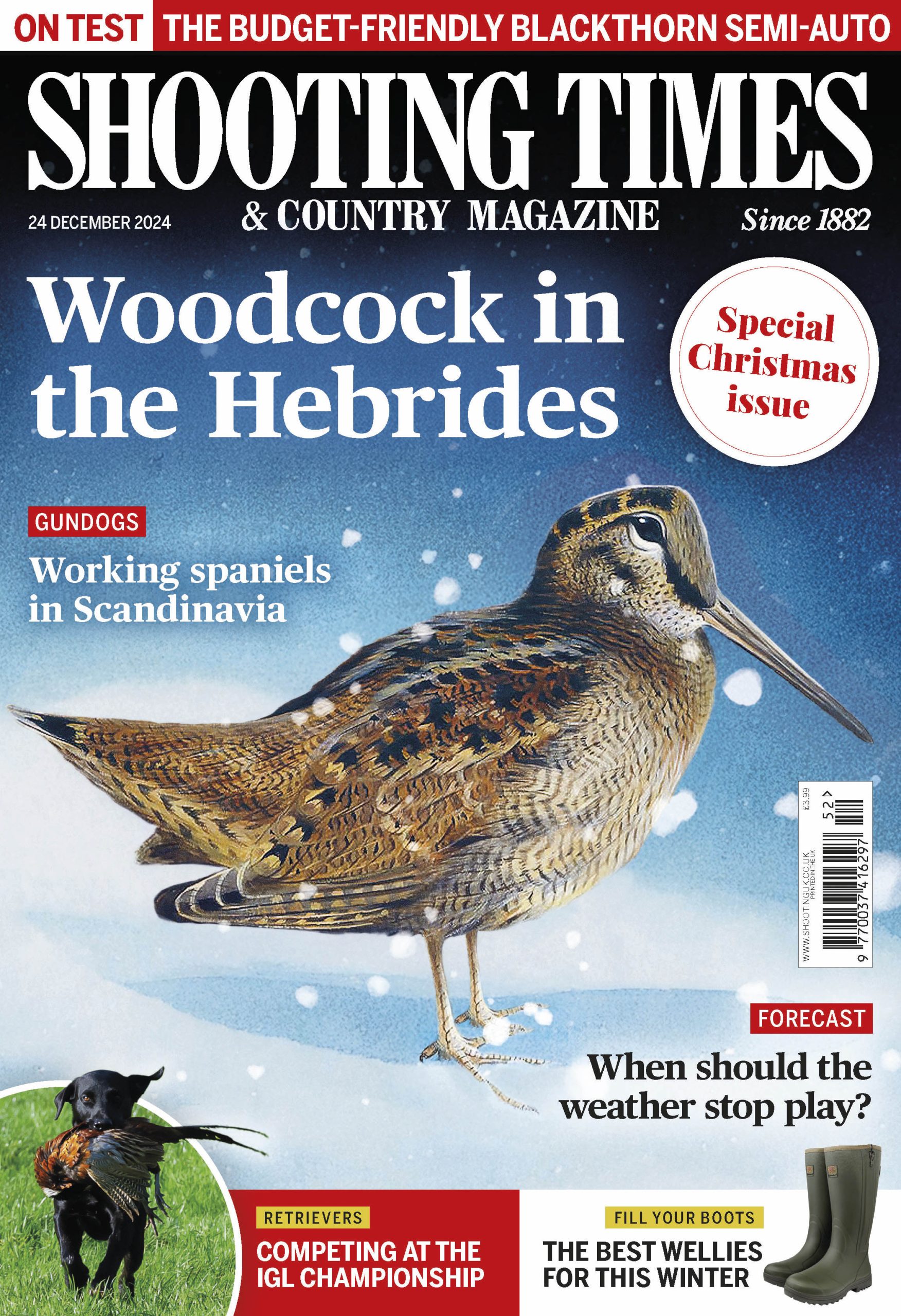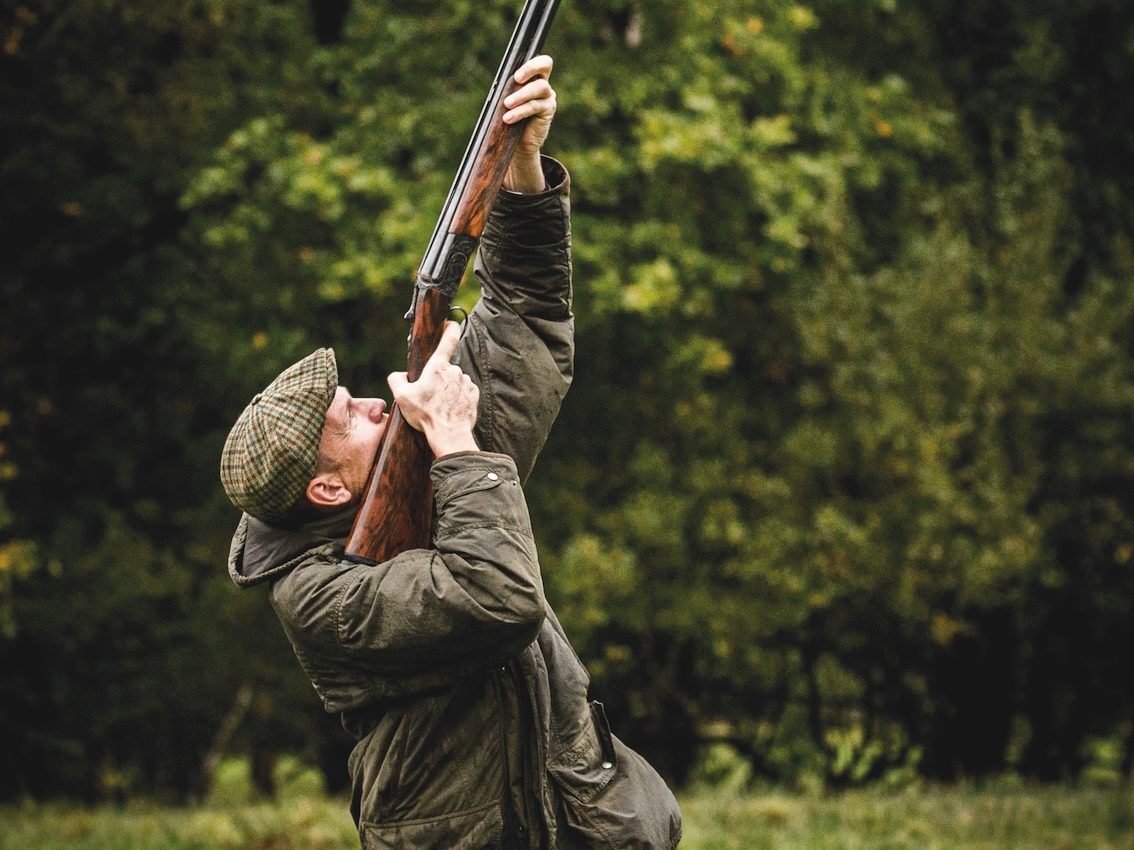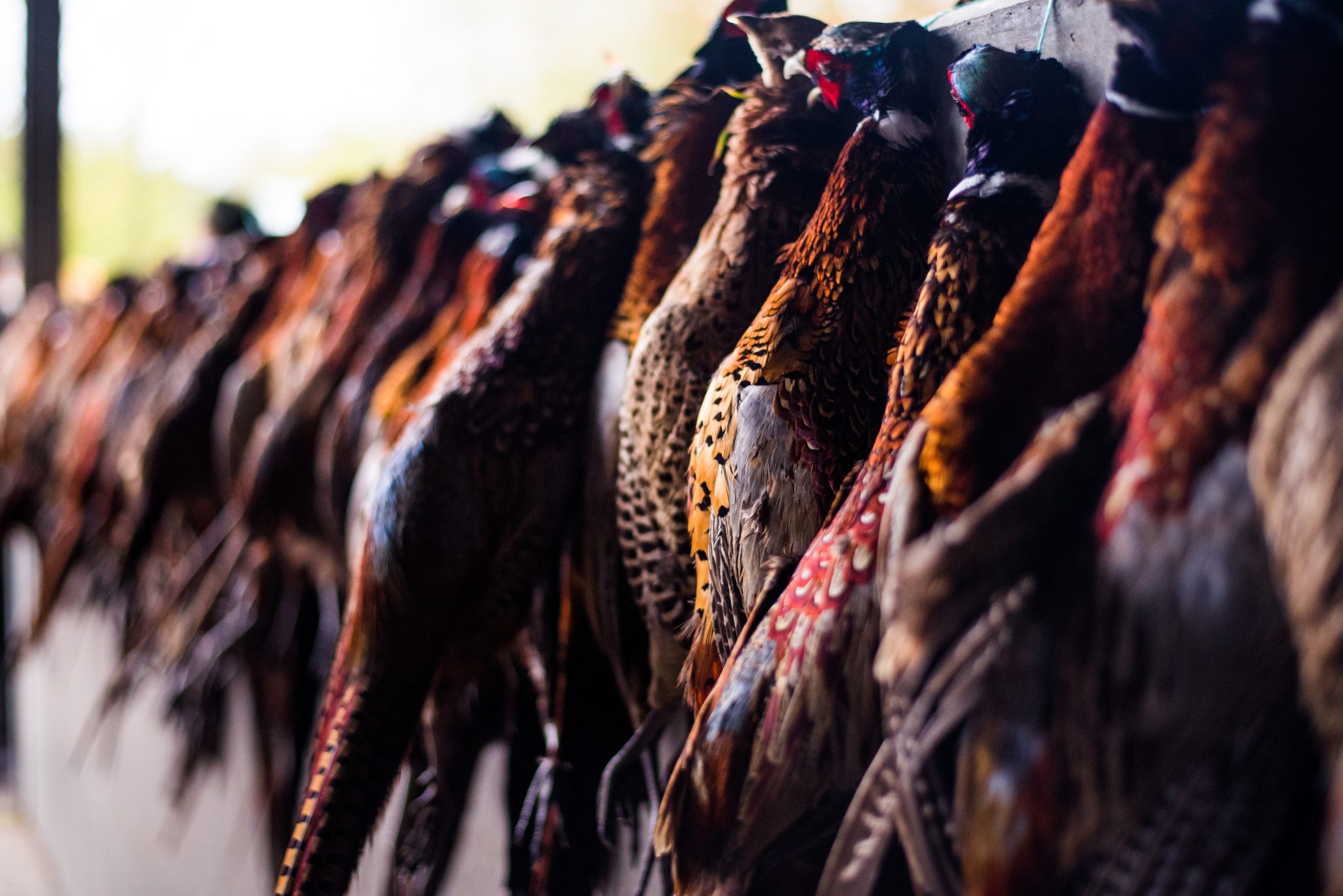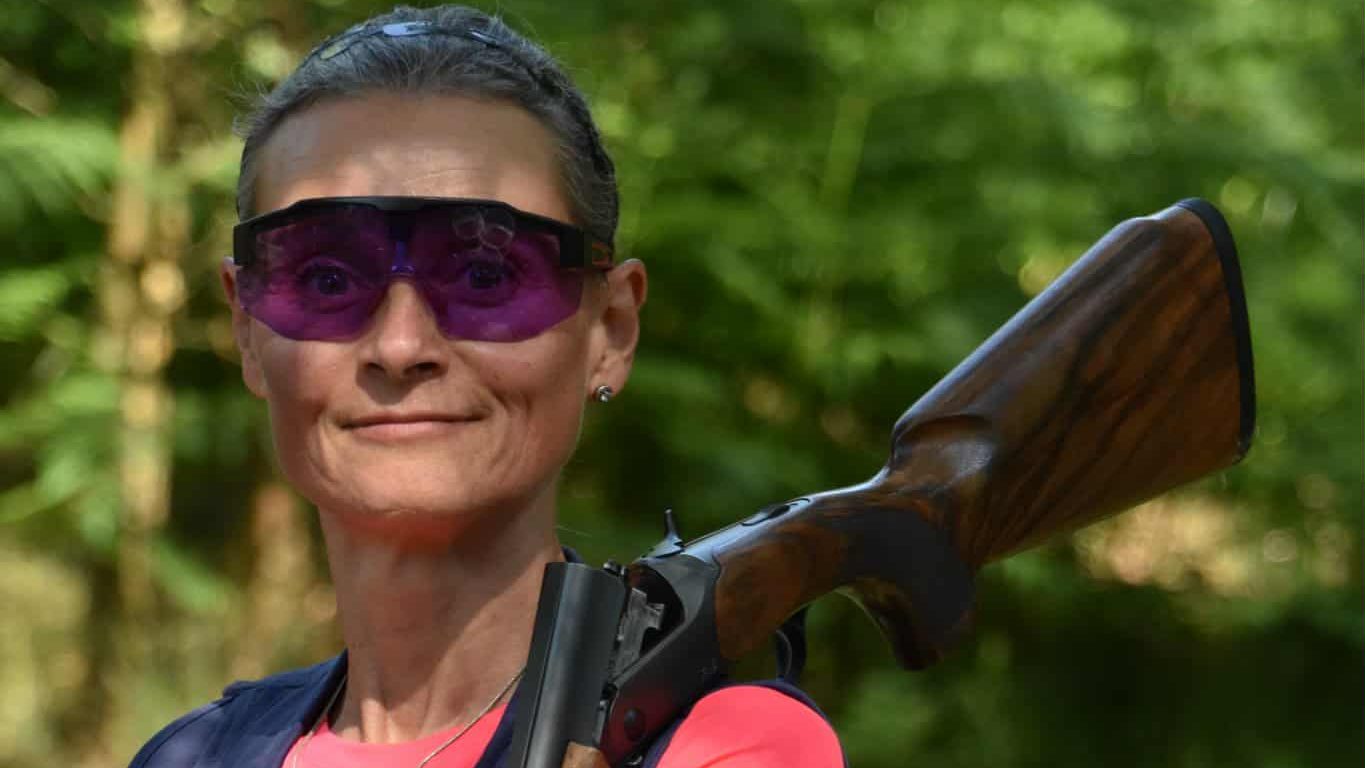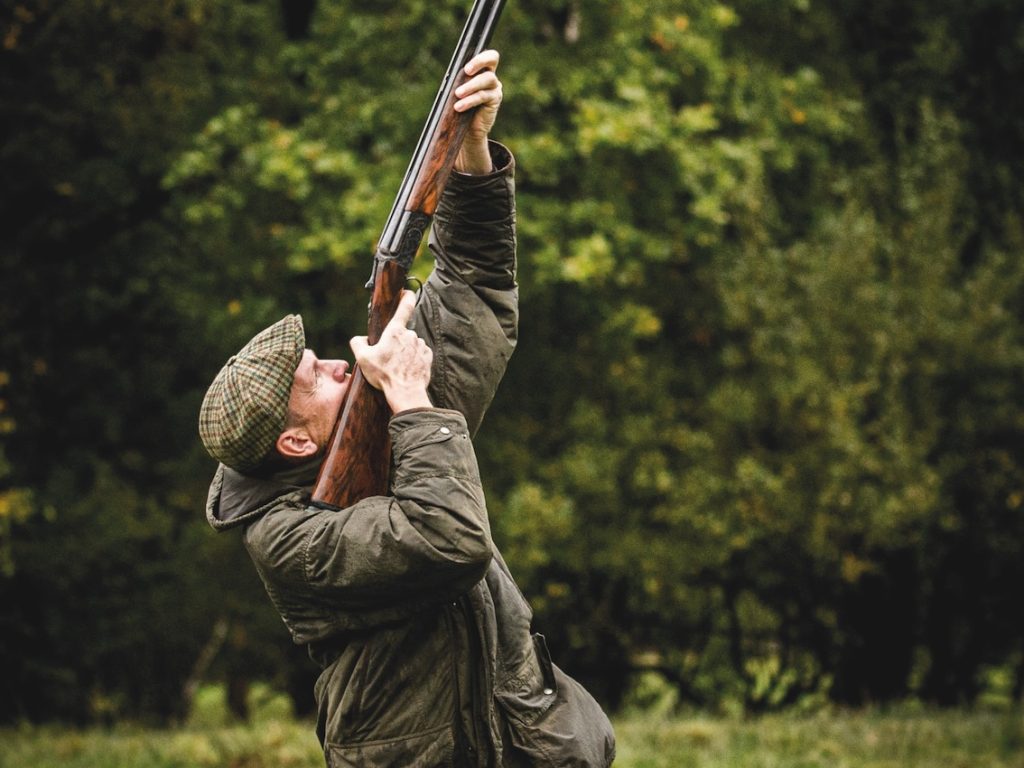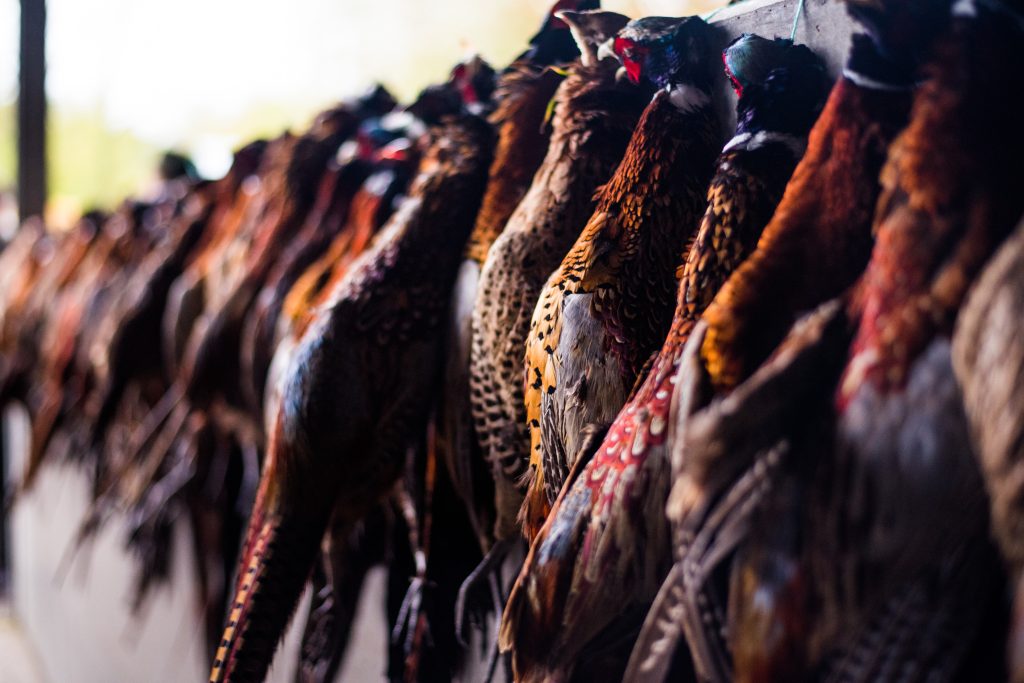Win CENS ProFlex DX5 earplugs worth £1,149 – enter here
Lead shot to be banned by 2029
Environment minister Emma Hardy announced that shots containing more than 1% lead will be banned, alongside bullets with lead content exceeding 3%
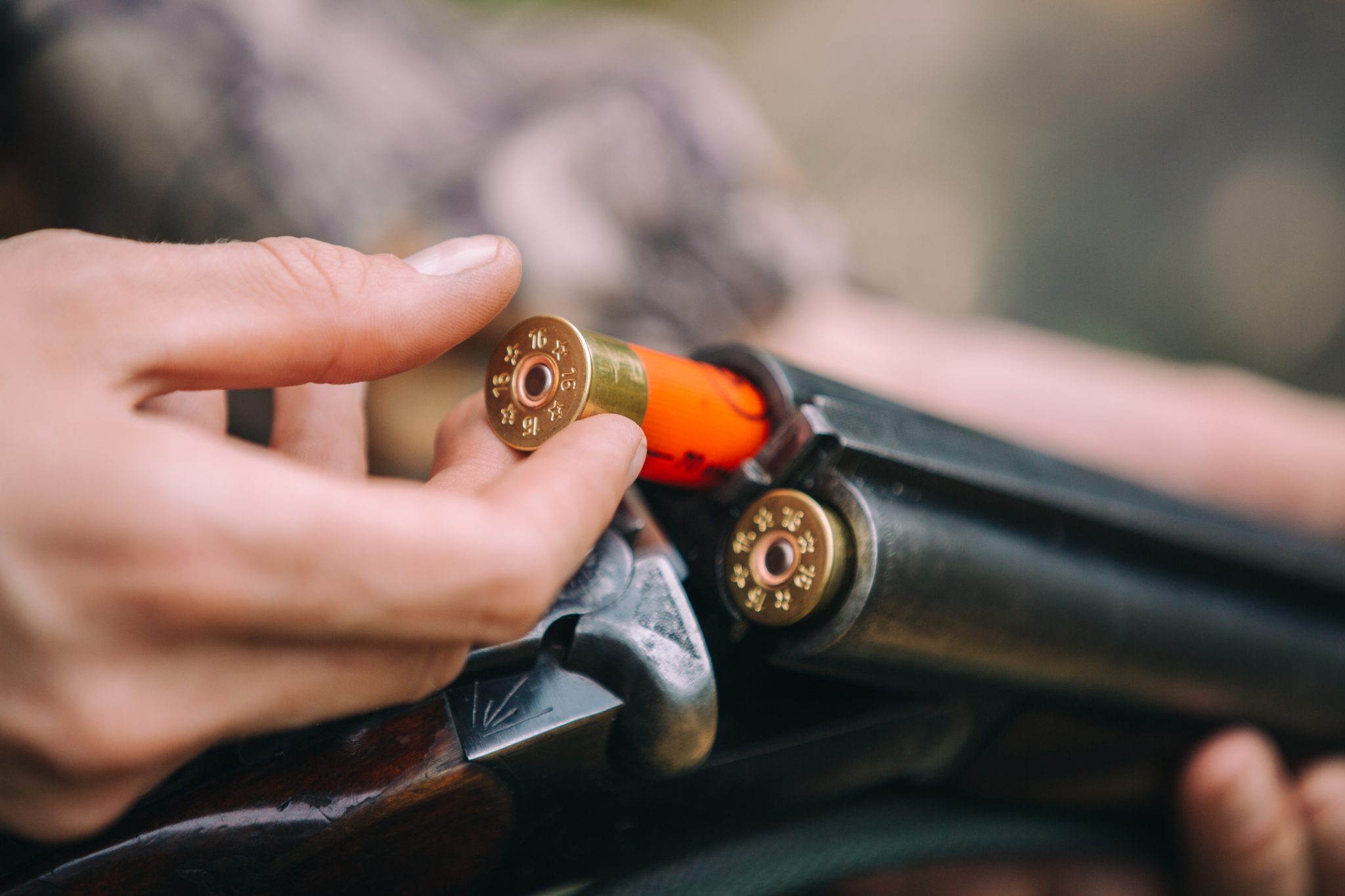 Loading a side-by-side shotgun. Credit: Scharfsinn86 vis Getty Images.
Loading a side-by-side shotgun. Credit: Scharfsinn86 vis Getty Images.
The Government has finally pulled the trigger on lead ammunition restrictions. Environment minister Emma Hardy has announced that shots containing more than 1% lead will be banned, alongside bullets with lead content exceeding 3%.
The timeline is now set: legislation will be introduced by summer 2026, followed by a three-year transition period ending in 2029.
Exemptions will remain for military and police operations, elite athletes, and outdoor target shooting ranges with proper risk management. Small calibre bullets for live quarry shooting and airguns are also excluded from the ban.
Timeline concerns
BASC welcomed some aspects of the announcement while expressing serious reservations about the compressed timeline.
Terry Behan, BASC’s deputy director of shooting operations, highlighted the organisation’s successful lobbying efforts: “BASC was successful in fighting to ensure that small calibres, airguns and shooting on ranges will be exempt from this proposed legislation.”
However, BASC’s main concern centres on ammunition availability. “The Government has shortened the expected timeframe for shotgun ammunition from five years to three years on the assumption that the ammunition is readily available. That is not the case for commercial and supply reasons beyond our sector’s control, and we urge government to adhere to a five-year timescale proposed by the Health and Safety Executive,” Terry explained.
Countryside Alliance chief executive Tim Bonner described the Government’s move as “an important step for the future of shooting” and yet echoed BASC’s concerns. He said: “We have always argued for a single transition date and do have concerns about the practical implications of a three-year transition for all uses of shotgun cartridges. Bringing in a ban on lead shot in advance of the Health and Safety Executive’s recommendations and the EU transition process would be challenging for ammunition manufacturers who are already having to cope with much increased demand for military ammunition.”
Consequences for deer management
Beyond shotgun ammunition, the proposals also include restrictions on larger calibre rifle bullets, with the Government proposing to reclassify certain calibres including .243 within the banned categories. BASC warned this could have serious consequences for deer management.
Terry said: “However, we have concerns with the proposed reclassification of larger calibres to include .243. This risks adversely affecting around 60,000 deer stalkers and could have a serious impact on the national deer cull, which affects road safety, food production and undermines government environmental priorities.”
BASC reminded the sector that this announcement shouldn’t come as a surprise. Back in 2020, the organisation joined forces with several countryside organisations, including the Game & Wildlife Conservation Trust (GWCT), to announce a voluntary five-year transition away from lead shot and single-use plastics for live quarry shooting.
“A clear biodiversity net gain”
GWCT backed the Government’s decision.
Roger Draycott, GWCT’s director of advisory, said: “We advocated a voluntary move to alternatives five years ago and have made our position clear on lead ammunition restrictions. We believe the transition will be beneficial for nature and help secure the future of game management, which provides a lifeline for many of the UK’s most threatened species.”
The Trust has practical experience to back up their position. Their demonstration shoot at Loddington in Leicestershire has not allowed the use of lead ammunition for the past two seasons, and has adapted well to the use of alternatives, primarily steel.
Dr Alastair Leake, GWCT’s director of policy, pointed to impressive long-term data. He said, “Scientific monitoring of wildlife over the past 30 years at the Trust’s demonstration shoot shows game management delivering a clear biodiversity net gain and playing a vital role in reversing the decline of many red-listed species. The shoot has easily adapted to non-lead ammunition over the past two seasons, which will enhance its positive impact under the new lead ammunition restrictions.”
The need for industry collaboration
GWCT chief executive Nick von Westenholz emphasised the need for industry collaboration: “We hope Government and stakeholders will work constructively with cartridge manufacturers and gunmakers to help them adapt within the time-frame and we look forward to helping the shooting community make the transition by providing expert advice and support.”
The Trust highlighted Denmark’s success story, where game management has thrived for three decades despite a complete lead ammunition ban. GWCT noted that greater availability of non-lead shot game will offer a healthier alternative which everybody can enjoy, as Food Standards Agency guidance states there is no agreed safe level of lead.
The environmental stakes are significant. Government estimates suggest the restrictions could prevent 7,000 tonnes of lead entering the environment annually and protect up to one million birds from lead poisoning.
A familiar debate
The announcement is likely to reignite familiar debates within the shooting community about ammunition performance and costs. Lead shot is more dense than steel. As a result, lead tends to keep more of its energy downrange than steel shot does, which has historically made it the preferred choice for many shooters.
Cost considerations vary across different non-lead options. While steel is the cheapest alternative, bismuth and tungsten-based shots can be much more expensive than lead shot. Technical guidance suggests careful selection can address performance gaps. Steel is less dense than lead, so to use it most effectively you need to go up by at least two shot sizes.
Supply chain adaptation will be crucial during the transition period. For members of the EU that have banned the use of lead shots over wetlands, 95% or more of ammunition used is steel shot, suggesting manufacturers can meet demand when required.
Other major countryside organisations will likely respond to the announcement in the coming days.
Related Articles
Get the latest news delivered direct to your door
Subscribe to Shooting Times & Country
Discover the ultimate companion for field sports enthusiasts with Shooting Times & Country Magazine, the UK’s leading weekly publication that has been at the forefront of shooting culture since 1882. Subscribers gain access to expert tips, comprehensive gear reviews, seasonal advice and a vibrant community of like-minded shooters.
Save on shop price when you subscribe with weekly issues featuring in-depth articles on gundog training, exclusive member offers and access to the digital back issue library. A Shooting Times & Country subscription is more than a magazine, don’t just read about the countryside; immerse yourself in its most authoritative and engaging publication.
